20 Expert Tips For Achieving Cookie Perfection
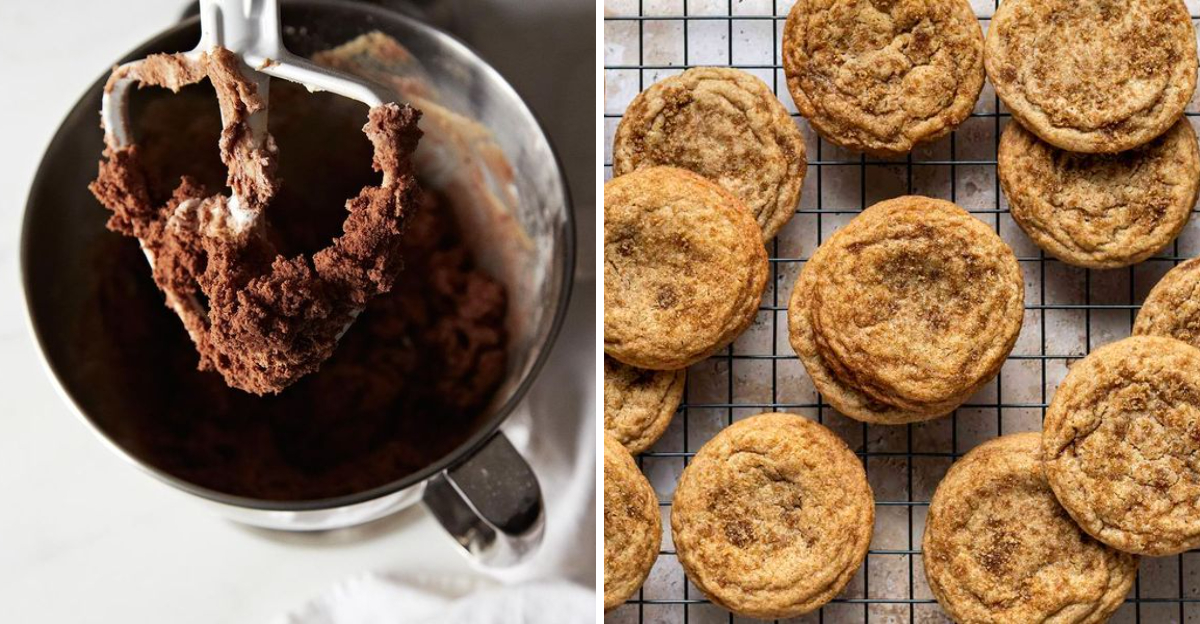
From chewy to crispy, here’s how to bake cookies like a true pro.
Baking cookies might seem simple—but getting them just right? That’s an art. Whether you’re going for gooey chocolate chip classics or delicate sugar cookies, a few smart techniques can make all the difference. Here are 20 expert-approved tips to help you level up your cookie game, one batch at a time.
1. Use Room-Temperature Ingredients
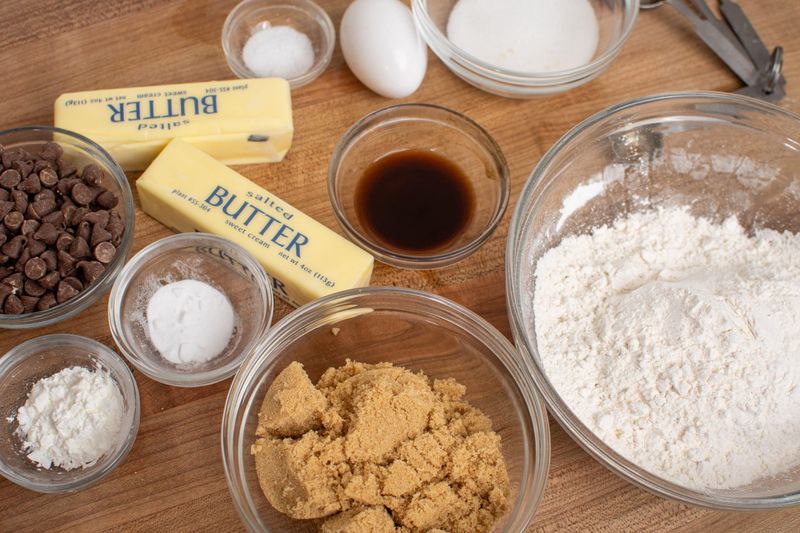
Ever wondered why your cookies don’t come out quite right? The secret might lie in your ingredients’ temperature. Softened butter and eggs at room temperature mix more evenly, offering a smoother dough.
Imagine combining cold, hard butter with sugar. It’s not easy, right? Room-temperature ingredients unify seamlessly, ensuring the dough’s texture is just right.
Professional bakers swear by this trick. Try it next time, and watch your cookies rise to perfection. Next time you bake, start by setting out your ingredients early. It’s a small step with big results!
2. Chill Your Dough
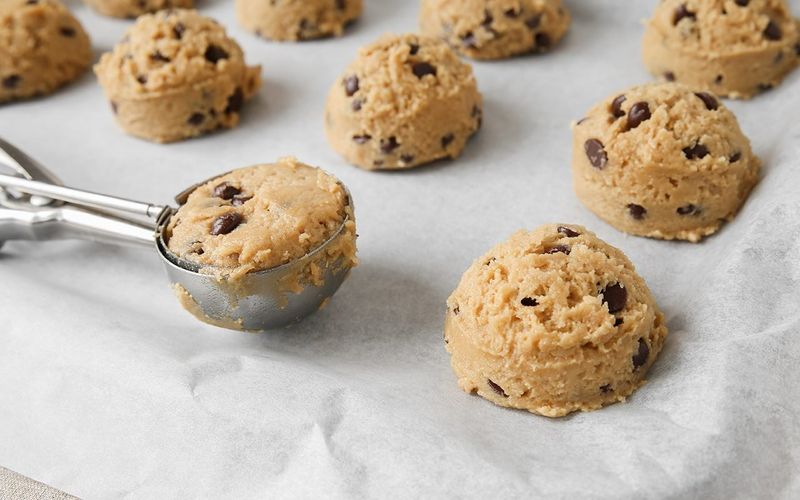
Patience is key in baking. Chilling your cookie dough not only improves flavor but also enhances texture. Ever noticed how some cookies spread too thin while baking? Refrigeration helps control that spread.
By allowing the flour to hydrate fully, you achieve a cookie that’s crispy on the outside but soft inside. Flavor deepens as the ingredients meld together during the rest period.
So, the next time you’re eager to bake, hold off a little. Let the dough chill, and you’ll be rewarded with perfectly baked, delicious cookies. It’s a game-changer for amateur bakers!
3. Don’t Overmix
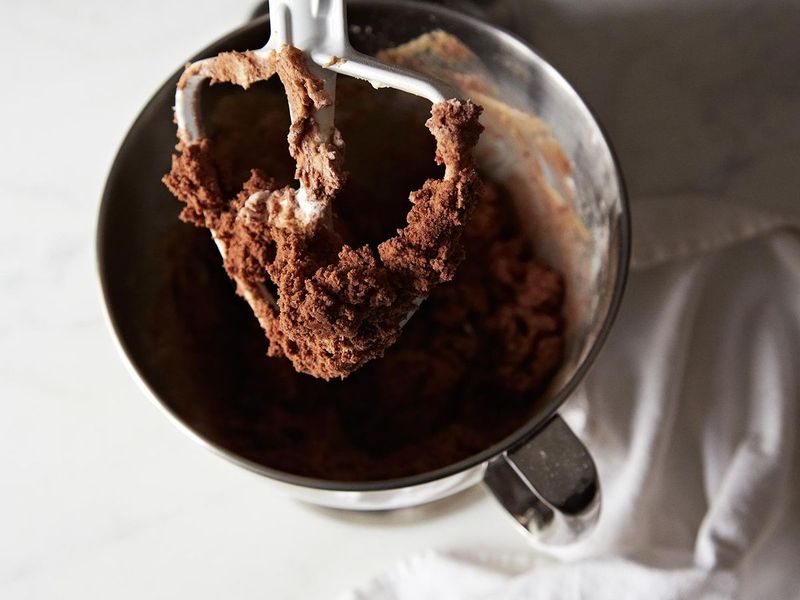
Mixing might seem straightforward, but overdoing it could ruin your cookies. Once flour is added, mix just until combined. Overmixing activates gluten, leading to dense, tough cookies.
Think of it as handling delicate fabric; too much tugging and you ruin its grace. The same goes for cookie dough. Gentle mixing ensures a tender crumb.
Next time you bake, ease up on the mixing. You’ll notice a world of difference in texture and taste. The art of baking is as much about the touch as it is about the ingredients.
4. Use the Right Flour
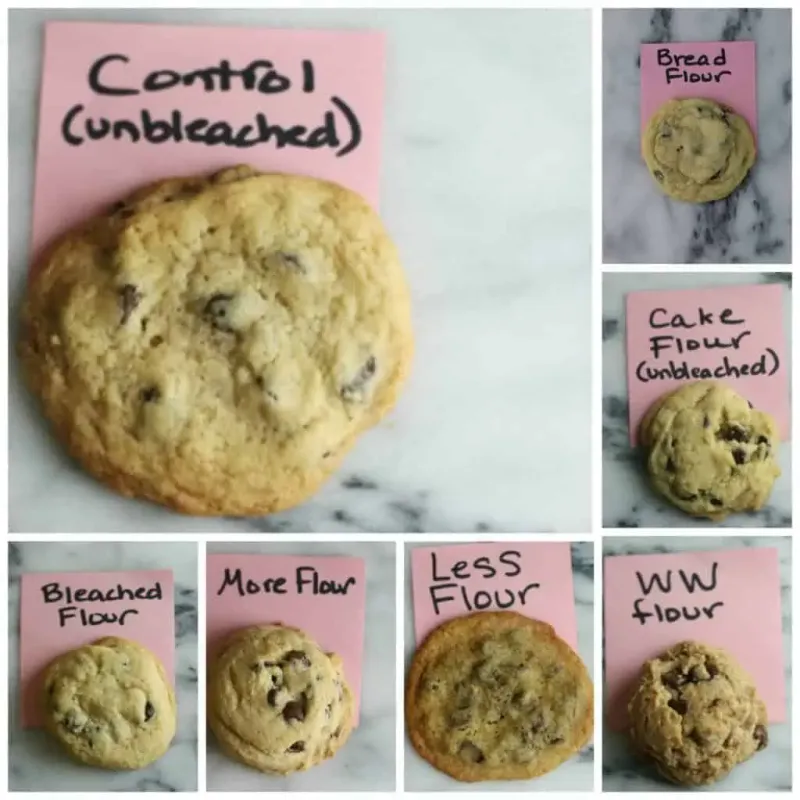
Did you know the type of flour you use can drastically change your cookie’s texture? All-purpose flour suits most cookies, but bread flour can make them chewier. For a more tender bite, try cake flour.
Choosing the right flour is like selecting the perfect brush for a painting; each brings out different qualities. Experimenting with flour types can lead to delightful discoveries.
Next time, try switching it up. You might find a new favorite texture by just changing the flour. The possibilities are endless in the world of baking!
5. Brown Sugar = Chewier Cookies
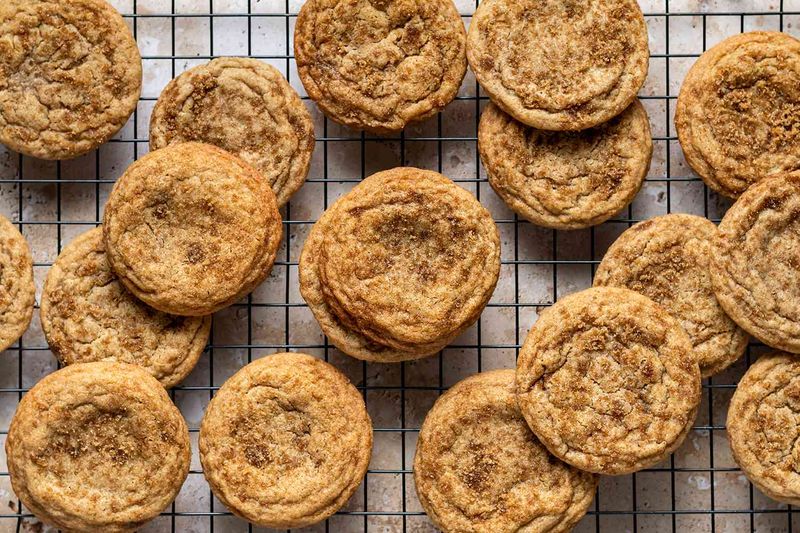
Ever wondered why some cookies melt in your mouth while others crumble? The answer often lies in the sugar. Brown sugar retains moisture, leading to soft, chewy cookies.
Its molasses content adds complexity and depth of flavor. Imagine biting into a cookie that’s both sweet and slightly caramelly. That’s the magic of brown sugar.
Next time you’re baking, consider using more brown sugar than white. Your cookies will have that soft, delightful texture everyone loves. It’s a small tweak with a big impact on your baking results.
6. Always Preheat the Oven
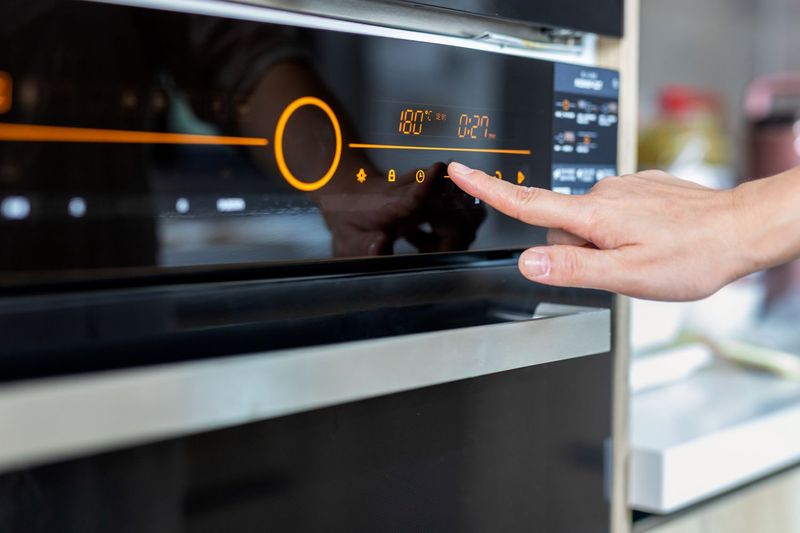
Preheating the oven is a step many overlook, but it’s crucial for perfect cookies. A properly preheated oven ensures even baking from the start, preventing spreading or burning.
Imagine putting cookies in a cold oven. They might start unevenly, resulting in mixed textures. A consistent temperature is essential for predictable results.
Before baking, always give your oven time to reach the desired temperature. It’s a simple habit that ensures every batch comes out just right. Your patience will be rewarded with beautifully baked cookies every time.
7. Use Parchment Paper or Silicone Mats
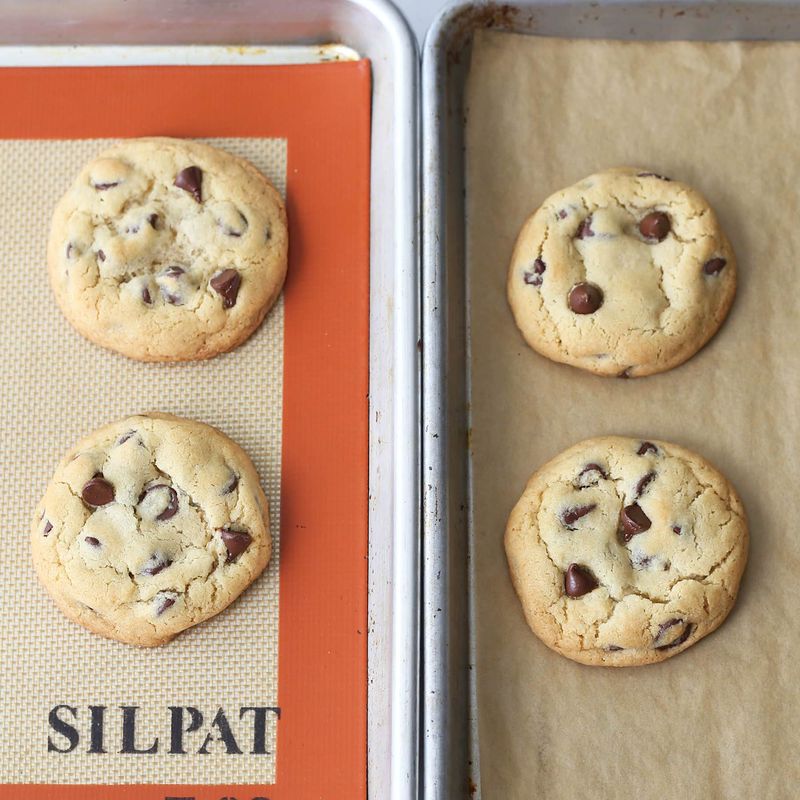
Say goodbye to greasing pans. Instead, line your baking sheets with parchment paper or silicone mats. This practice prevents sticking and promotes even browning.
These liners act like a non-stick shield, allowing cookies to slide off effortlessly. No more burnt bottoms or messy cleanups.
Once you try this method, you’ll never look back. Your cookies will bake evenly and look professionally done. Plus, cleanup becomes a breeze. It’s a small adjustment with big advantages in your baking routine.
8. Rotate Your Baking Sheet
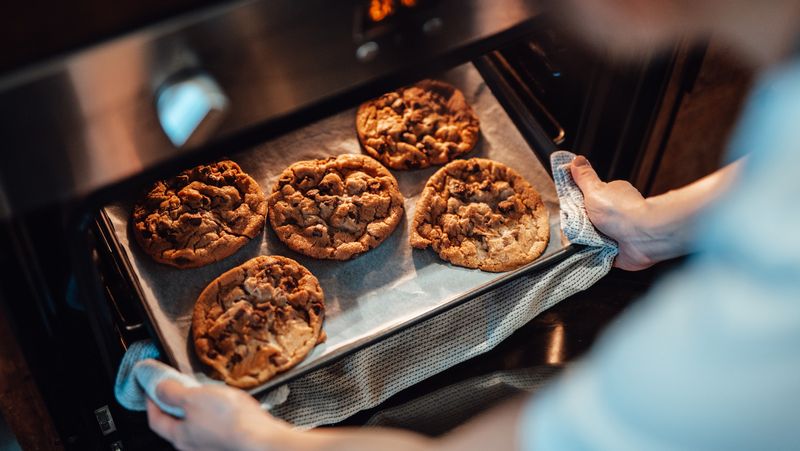
Ever noticed cookies baking unevenly? Oven hot spots might be the culprit. Rotating your baking sheet halfway through can help avoid uneven results.
This simple action ensures every cookie gets equal heat exposure. It’s like turning a steak for an even sear.
Next time you bake, try turning the tray during baking. You’ll see a marked improvement in uniformity. Each cookie will come out golden and perfectly baked. It’s these small practices that separate good bakers from great ones.
9. Test with a Small Batch First
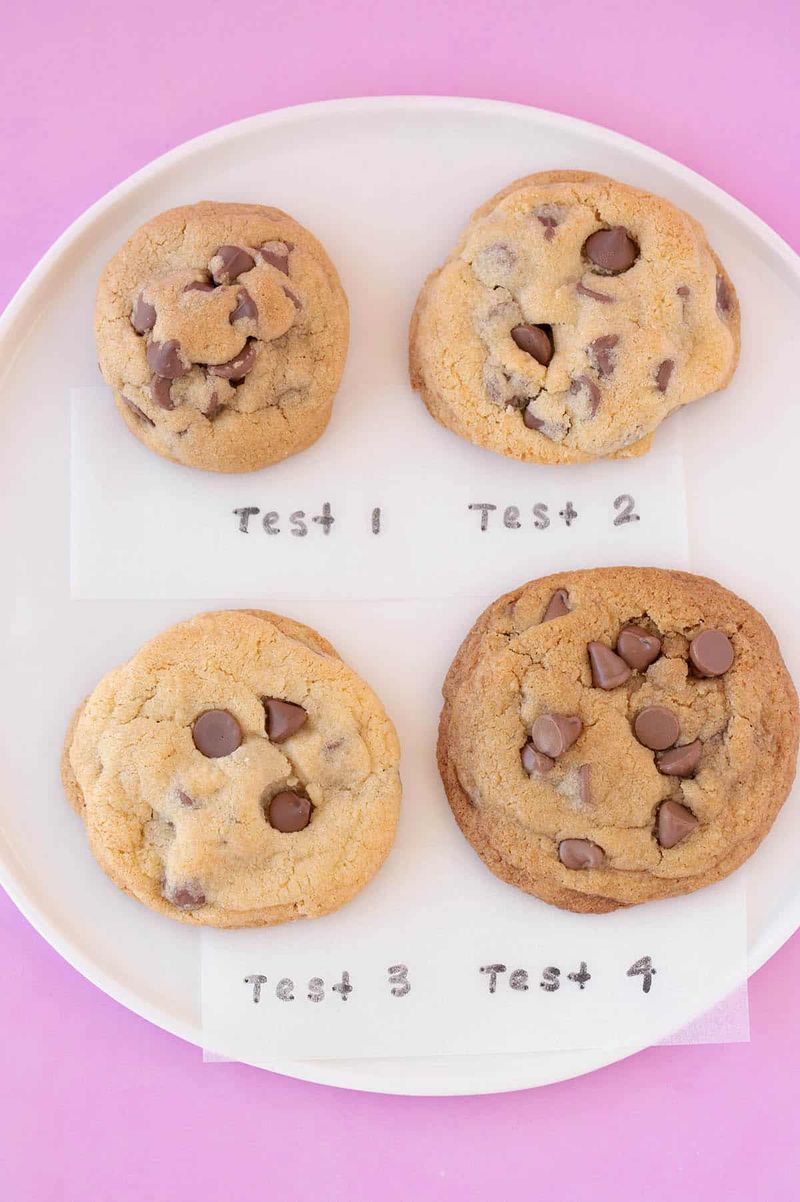
Baking cookies is part science, part art. Testing with a small batch first allows you to check spread, texture, and timing before committing the full tray.
Imagine tweaking the recipe slightly based on this test. It’s akin to a rehearsal before the main performance.
Adjust as needed, then bake the rest with confidence. This approach reduces waste and ensures consistency. A little patience upfront can save a whole batch later. It’s a strategy that professional bakers often rely on to perfect their craft.
10. Size Matters
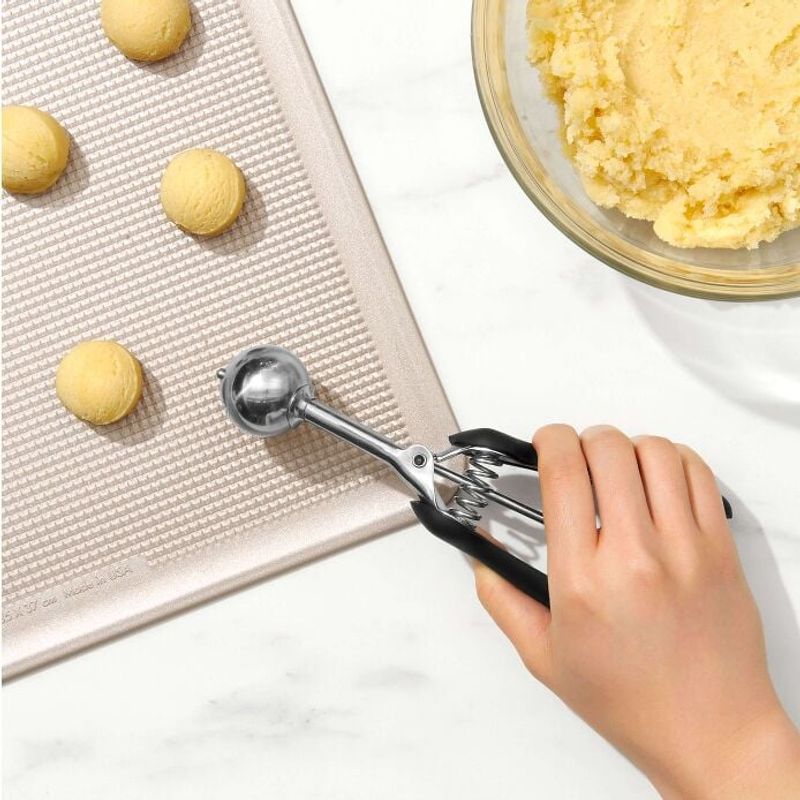
Consistency is key in baking, and size plays an important role. Using a cookie scoop ensures even portions, leading to uniform size and baking time.
Imagine a tray of cookies that all bake perfectly together. No more uneven baking or mismatched cookies.
Investing in a cookie scoop might seem trivial, but it’s a tool that guarantees consistency. Each cookie comes out identical, leading to predictable results. It’s a small investment for a big improvement in your baking precision.
11. Don’t Overbake
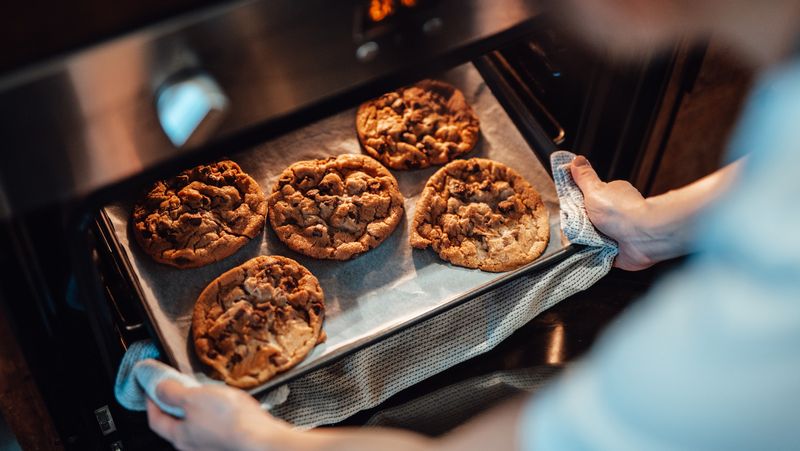
Timing is everything in cookie baking. Overbaking can turn a soft cookie into a hard disappointment. Remember, cookies continue to cook on the tray after being removed.
Take them out when edges are golden but centers are still soft. This ensures they remain chewy and delightful.
Trust in the cooling process. It’s all about balance; a minute too long can make a difference. Experience and intuition grow with each batch. Soon, you’ll know exactly when to pull them for perfection.
12. Let Them Cool on the Tray (Briefly)
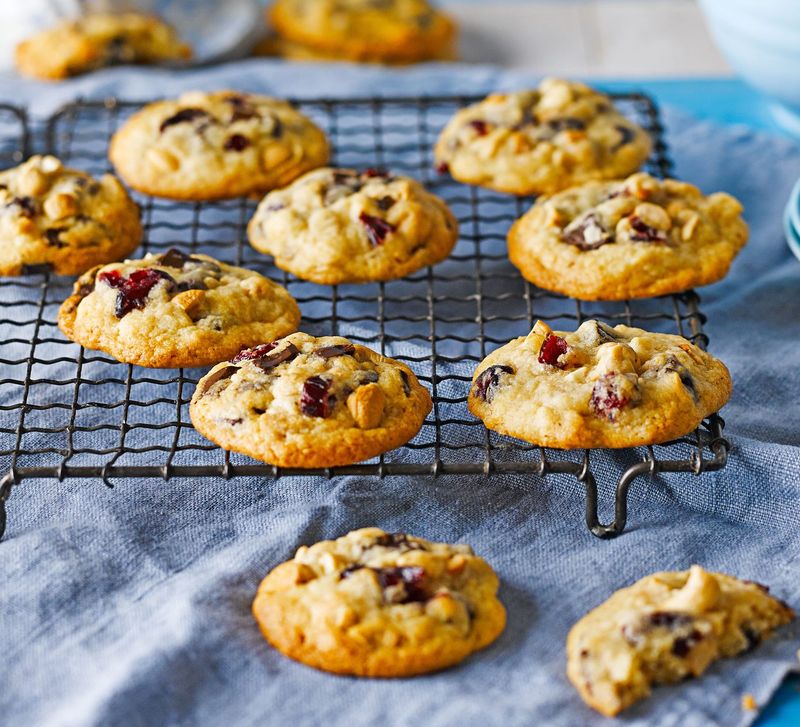
Cookies are delicate right out of the oven. Allow them to cool on the baking sheet for 2–5 minutes before transferring to a rack.
This brief rest helps them set, preventing breakage. Imagine cookies maintaining their shape and texture during cooling.
This approach ensures every cookie stays intact. It’s a minor step that makes a notable difference in presentation and texture. The result is a perfect cookie, ready to enjoy or share.
13. Rest Your Dough Overnight
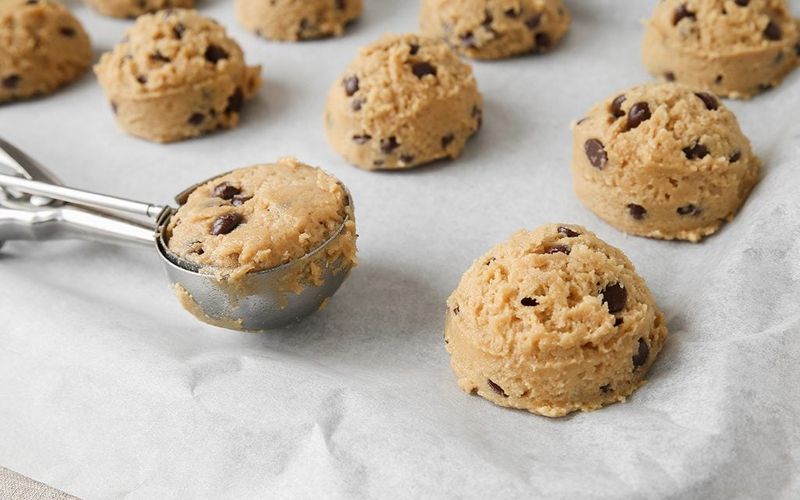
Patience brings flavor rewards. Resting dough overnight allows flavors to develop, especially in chocolate chip cookies. The wait is worthwhile.
Resting enhances complexity, making each bite a rich experience. Think of it as marinating for dough.
Next time you bake, try this technique. You’ll find deeper, more nuanced flavors. A little planning leads to exceptional results. It’s an insider secret that can elevate your homemade cookies to bakery-quality levels.
14. Use High-Quality Ingredients
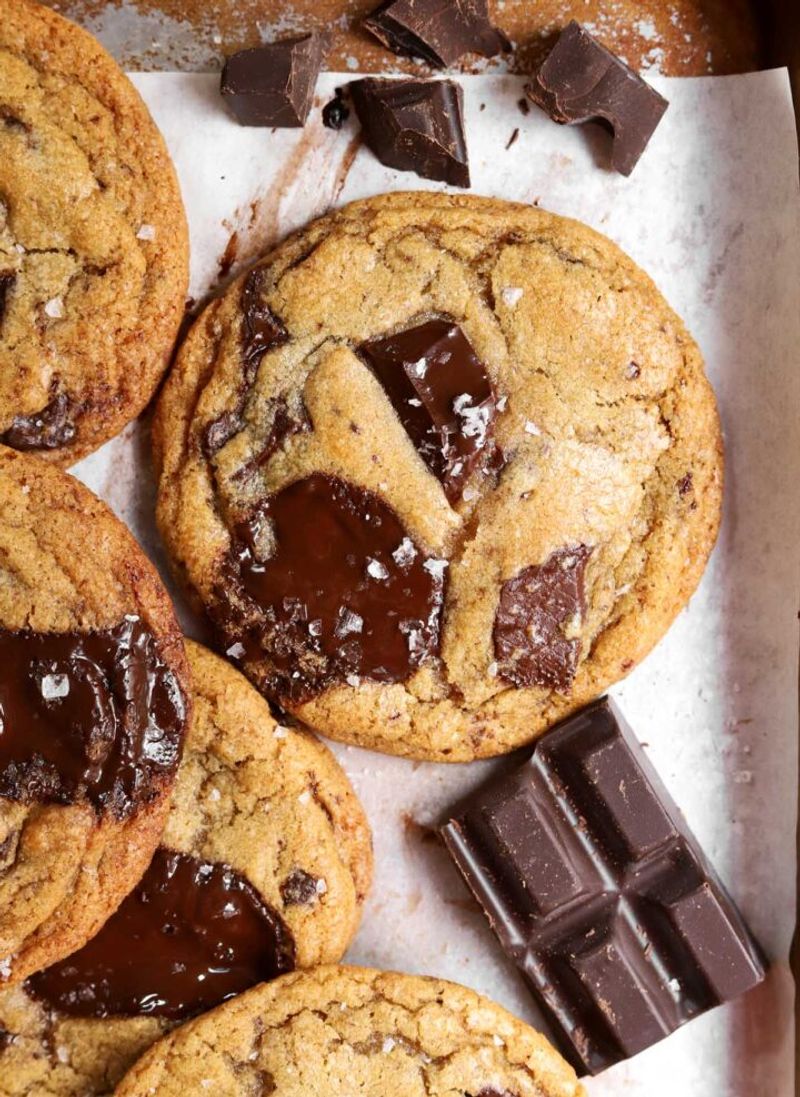
The quality of your ingredients directly influences your cookies. Real butter, pure vanilla extract, and premium chocolate elevate your baking.
Imagine the difference between a basic and a gourmet cookie. High-quality ingredients add richness and authenticity.
Invest in the best you can find. The difference is noticeable and often unforgettable. Taste the difference quality makes, turning ordinary cookies into extraordinary delights. It’s a worthwhile splurge for those special batches you want to shine.
15. Add a Pinch of Salt on Top
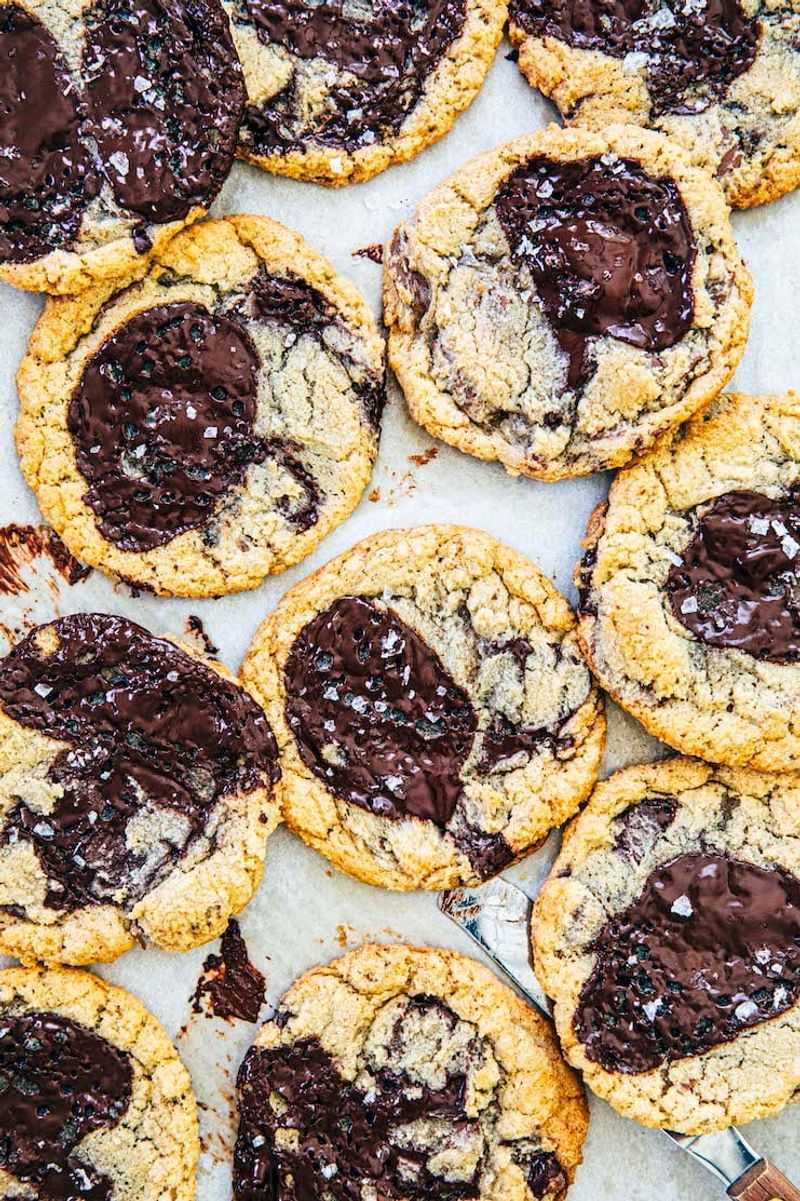
A sprinkle of flaky sea salt can transform your cookies. It enhances sweetness and adds a slight crunch, creating a balanced flavor profile.
This touch of salt acts as a flavor amplifier, making each bite more dynamic. Consider it a simple, finishing flourish.
Try it with your next batch. You’ll be surprised by how much this small addition elevates your cookies. It’s a tip that adds a professional touch to home baking, offering a gourmet experience with minimal effort.
16. Don’t Skip the Vanilla

Vanilla might seem like a minor ingredient, but it adds depth and warmth to cookies. Even a small amount enriches the flavor profile significantly.
Think of vanilla as the background harmony to your cookies’ main notes. It enhances other flavors, creating a more complex taste.
Next time, don’t skimp on the vanilla. Its presence, though subtle, makes a profound difference. It’s an ingredient that elevates the ordinary to something special. Without it, your cookies might fall flat.
17. Weigh Your Ingredients
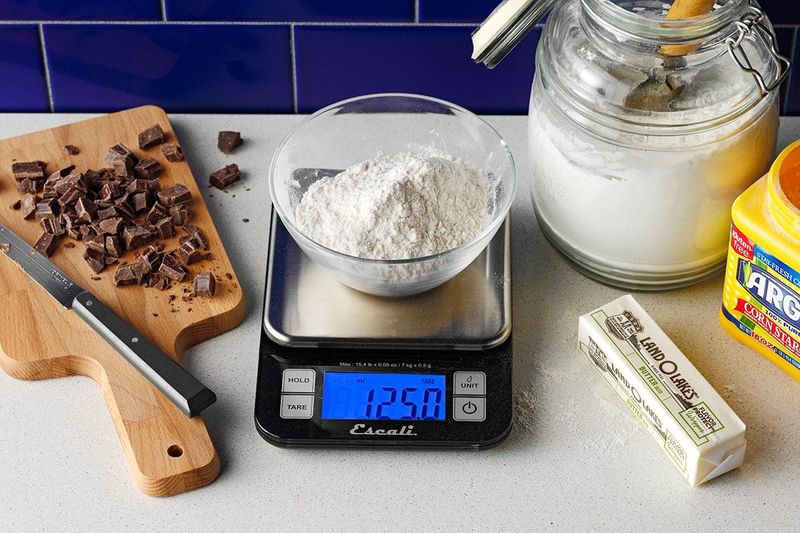
Precision is key in baking. Weighing ingredients ensures accuracy and consistency, which is crucial for perfect cookies every time.
Imagine baking with confidence, knowing each measurement is exact. A kitchen scale offers this assurance.
Invest in one, and your baking will noticeably improve. It’s a simple tool that brings professional levels of precision to your home kitchen. You’ll wonder how you ever baked without it. Perfect cookies start with perfect measurements.
18. Toast Your Nuts (and Sometimes Flour)
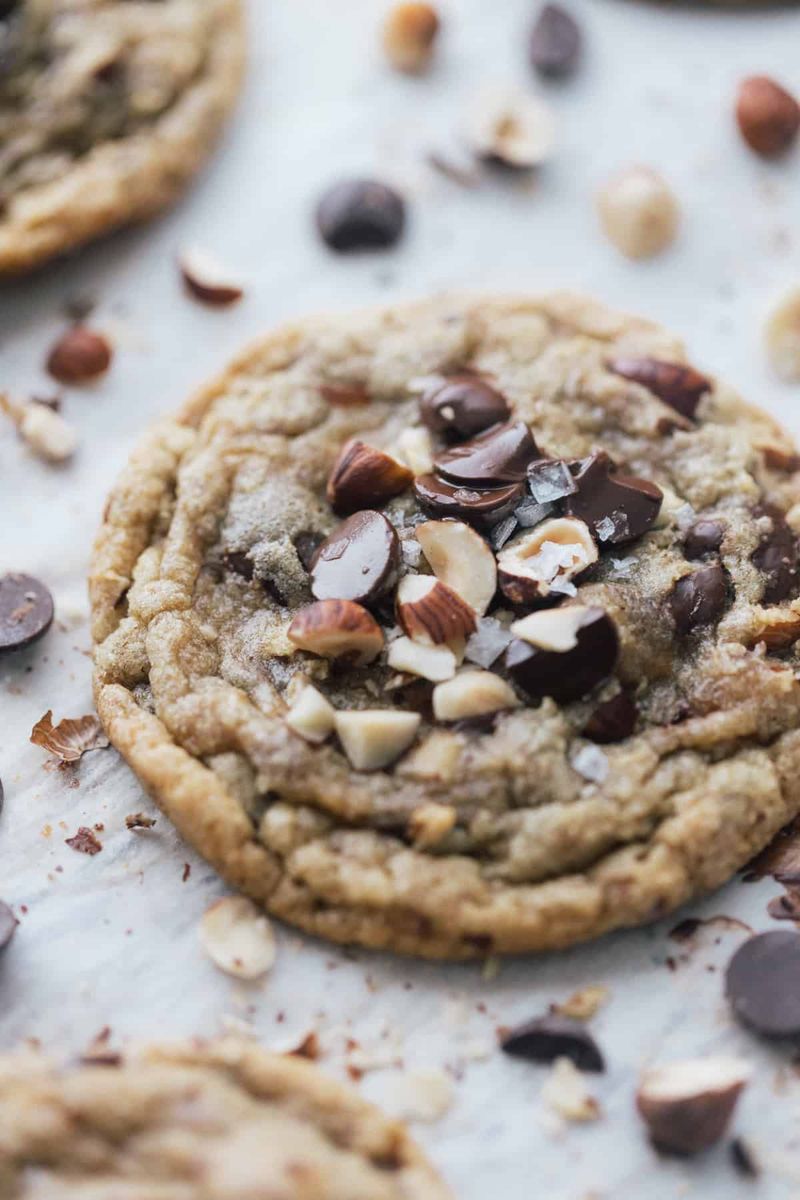
Toasting nuts can add a delightful nuttiness and complexity to your cookies. Sometimes, even toasting flour enhances flavor.
Imagine the difference between raw and toasted; the latter offers depth and warmth. These subtle touches elevate your baking game.
Next time, try toasting. You’ll experience a richer, more satisfying cookie. It’s a simple step that adds a gourmet twist to your recipes. Your taste buds will notice the enhanced complexity and flavor.
19. Let Cookies Cool Completely Before Storing
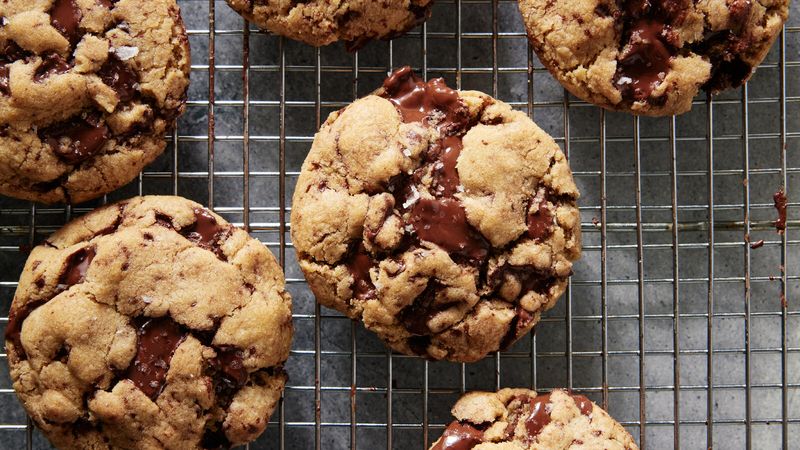
Proper cooling is crucial before storing cookies. Trapping heat in a container can lead to soggy cookies.
Imagine biting into a crisp cookie instead of a limp one. Let them cool fully for the best texture.
Patience pays off in preserving freshness. Your cookies will thank you, staying delicious longer. This simple practice ensures your treats maintain their intended texture and flavor. It’s an easy way to keep your cookies at their best.
20. Store with a Slice of Bread
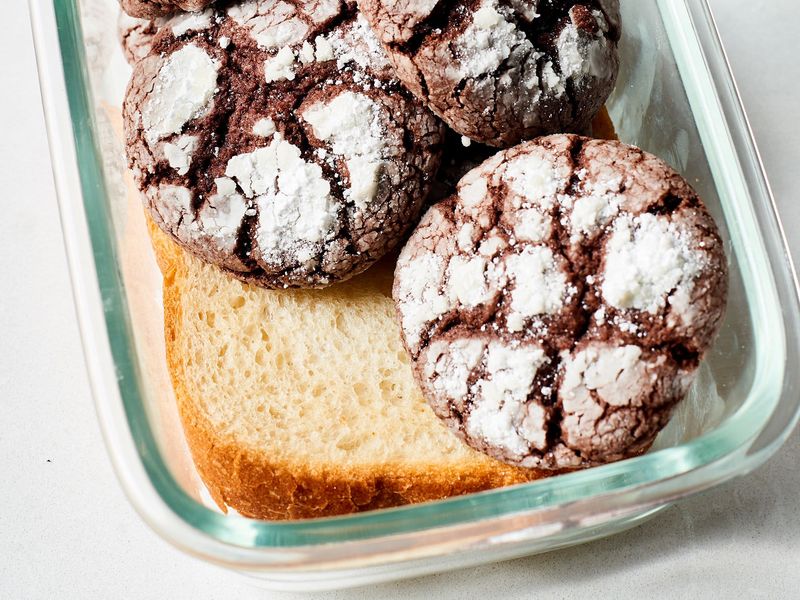
Want to keep cookies soft longer? Store them with a slice of bread. The bread maintains the right moisture level, preserving cookie softness.
It’s a clever trick that many bakers use to keep cookies fresh and delightful. The bread absorbs dryness, leaving cookies moist.
Next time, try this storage hack. You’ll be amazed at how well it works. It’s a simple solution that ensures every cookie is as good as the day it was baked.
